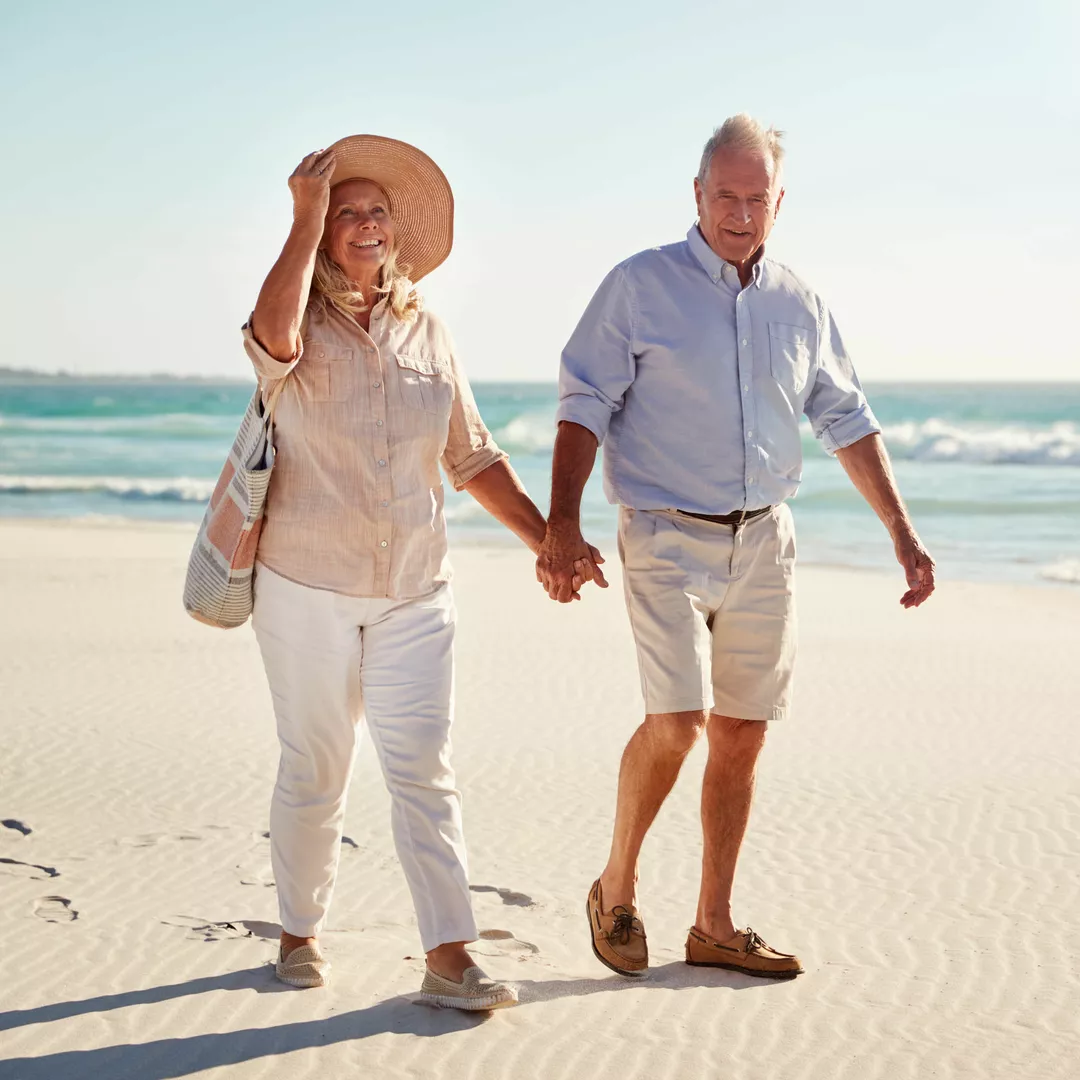Social factors and exercise
Socioeconomic factors and isolation can magnify the risk of heat exposure among older people. For example, some pensioners may not be able to afford air conditioning at home.
Being part of social networks can help. One person may recognise if another is unwell, increasing the likelihood of their friend getting medical attention.
Further, extended periods of hot weather can interrupt our exercise routines. This can be particularly problematic for older people who may be using exercise to manage chronic health conditions.
Regular exercise correlates with improved quality of life in many conditions, including heart failure, chronic obstructive pulmonary disease, depression, diabetes, cognitive impairment and osteoporosis.
When our activity is disrupted for weeks at a time it can be hard to regain previous fitness. This can be especially true for older people, as muscle mass is commonly lost as we age. Periods of inactivity accelerate muscle loss, and regaining strength and endurance is often more difficult in this context.
Australia’s climate is changing. We’re likely to experience longer periods of hot temperatures, with hotter summers and some extraordinarily high temperatures. This will test our health and our health-care systems. Understanding the challenge ahead can help to reduce the risks.
On a practical level, be aware of spending too much time in hot temperatures, stay hydrated, and know where you can access air conditioning – particularly if power fails. Consider vulnerable relatives, friends and neighbours, especially those of advanced age.
Author
Arnagretta Hunter, Physician & Cardiologist, The Canberra Hospital; Clinical Senior Lecturer, Australian National University
This article is republished from The Conversation under a Creative Commons license. Read the original article.

